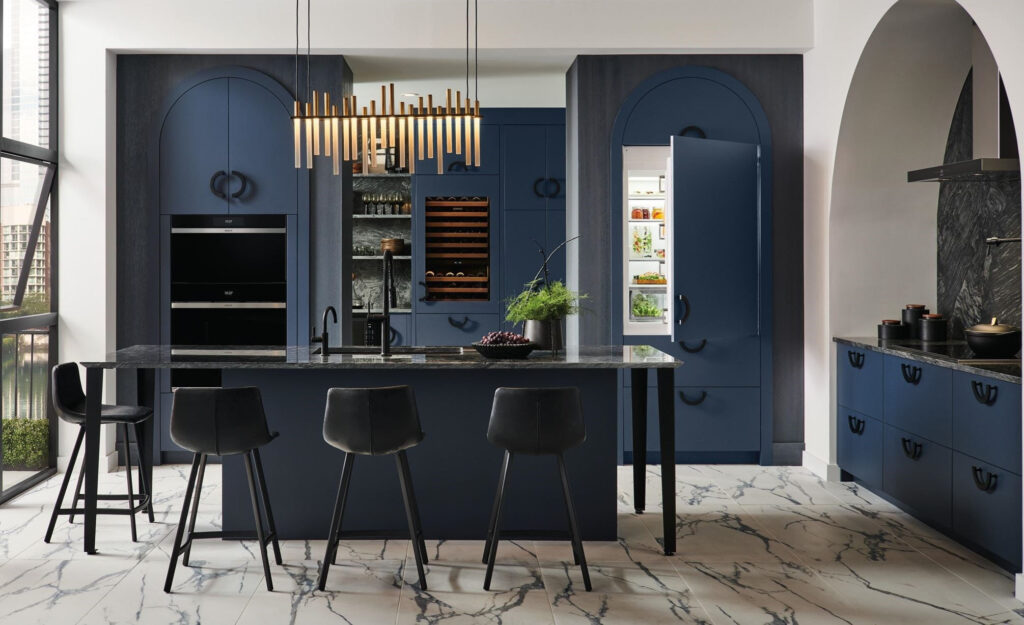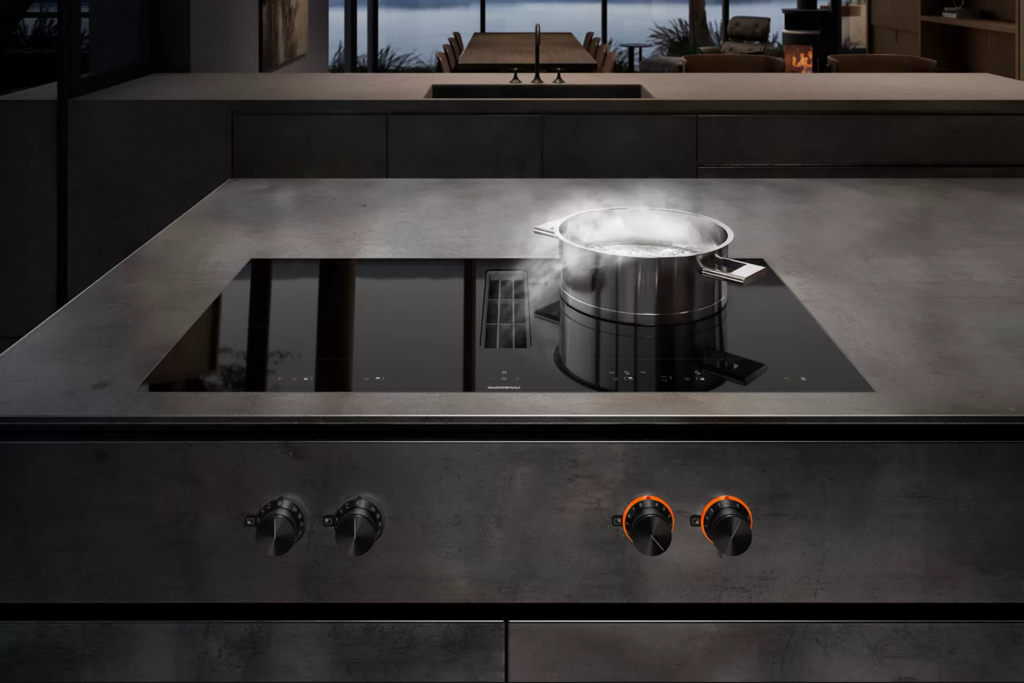What Matters
October 2022 Issue
Green Appliances
We’re not talking 1970s avocado green appliances (though colorful appliances are now edging out stainless steel). We’re talking sustainability. For the first time since before the pandemic, the IFA electronics trade show convened in Berlin in September. Sustainability was at the forefront in the development and release of small electronics up to large home appliances. Appliances? Those necessary household kitchen and laundry helpers with the 6-12 month post-pandemic lead times? We thought we’d take a minute to help you plan for your upcoming appliance purchases with the environment in mind. From recycled materials to low clean energy utilization, we hope this month’s What Matters matters to you and the globe.
A Star is Born

Energy Star is a government-backed program for identifying products and appliances that meet specific energy efficiency standards. Energy Star was established in 1992 by the EPA to help consumers find the most energy-efficient appliances to help them reduce costs and lower their carbon footprint.
To qualify for the Energy Star program, products must be in a category where significant energy savings are possible. The products must also offset their higher costs at the time of purchase in savings on energy use within a reasonable period of time. The energy efficiency must be confirmed via product testing and cannot be reliant on proprietary technology. For example, refrigerators must be at least 15 percent more energy-efficient than the minimum federal efficiency standard to qualify for the star rating.
The Wolf Pack

There’s a good chance your Sub-Zero appliances, which include the Wolf and Cove ranges, will outlast you. From Cove’s dishwashers to Wolf’s cooking appliances and Sub-Zero’s refrigeration, these products are meant to last without damaging the planet. Enjoy stylish designs like Wolf’s wall units and module cooktops for modern yet classic looks.
More than 75 percent of the stainless steel and up to 50 percent of the plastic in its refrigerators are recycled materials. The company says it recycles more than 566 tons of scrap metal every year that would otherwise go to landfills. Sub-Zero has also eliminated all wastewater in its manufacturing, recycling nearly 200,000 gallons per year. The energy-efficient appliances require about 15 percent less energy than the competitors, saving you money and reducing your carbon footprint.
Induction ‘Duction, What’s Your Function?

Instead of using thermal conduction to heat a gas or typical electric cooktop, induction cooktops use magnetic conduction to heat your cookware (and the food contained within it). These cooktops are safer, heat up faster, and are more energy efficient than gas or typical electric ones. You can pick up a hot pan and put your hand directly on the cooktop. The magnetic conduction takes place only with steel cookware (and not skin) and the cooking surface cools down instantly. Induction cooktops eliminate the use of fossil fuels which are harmful to our environment. Gas ranges also emit toxins indoors leading to childhood asthma and many other health conditions. The NY Times makes a case for induction here. Here are some of the highest rated induction ranges. In the image is the Gaggenau integrated induction cooktop which we think looks seamless. And if you don’t want to see it at all, there is a company that embeds the induction elements into your hard surface countertops making it invisible.

